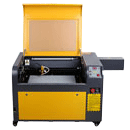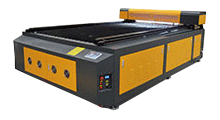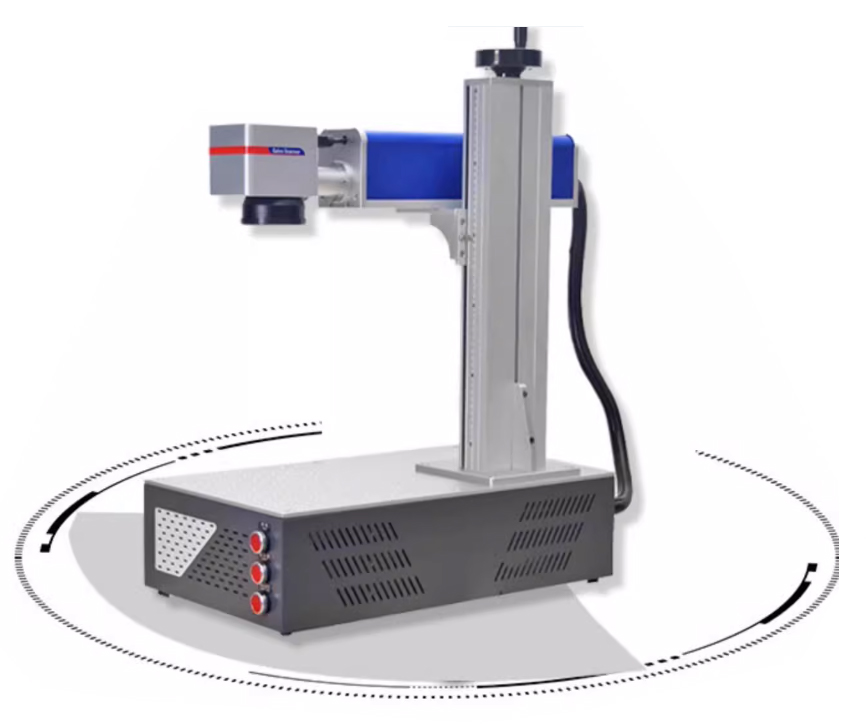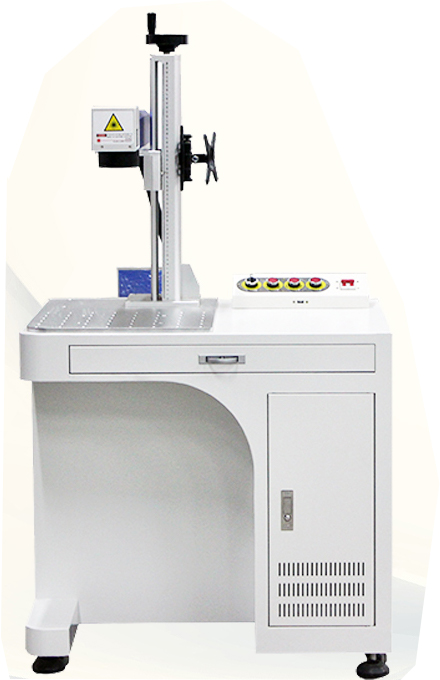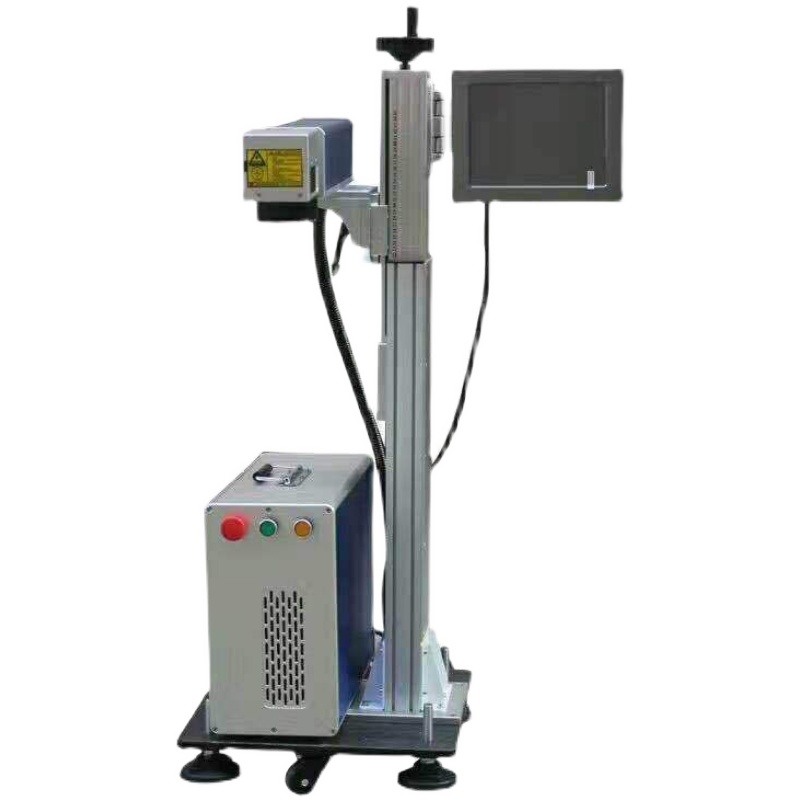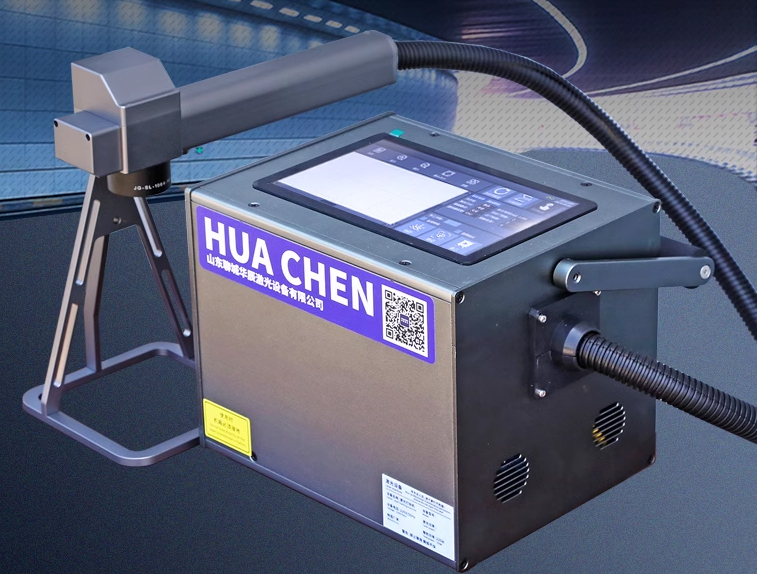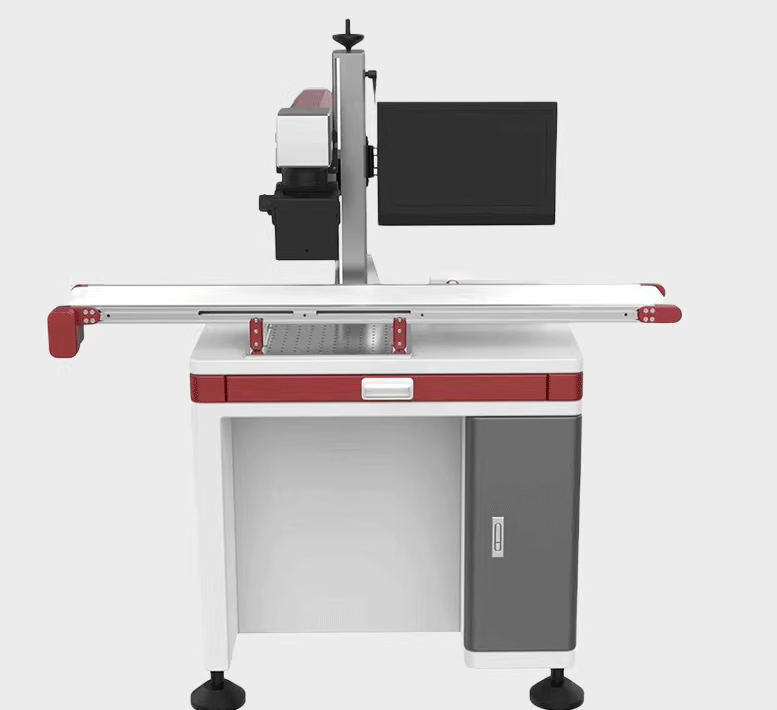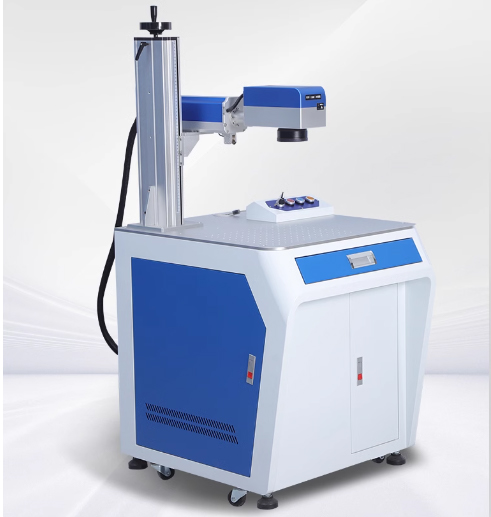Laser marking machine
Laser marking is a high-precision and high-efficiency technology. It has been widely used in various fields. Laser marking can mark a wide range of materials and accurately identify patterns, text and barcodes. It is essential for improving product quality, safety and brand recognition.
|
|
|
|
||||||
|
|
|
|
||||||
There are three main types of laser marking: engraving, etching, and color change. The laser beam removes a small portion of material during the engraving process, creating the desired mark. The etching process is similar, but uses a chemical reaction to remove material. In color change, the laser changes the color of the material's surface rather than removing it.
The accuracy and control of laser marking technology depends on several factors. These include laser power, wavelength, focus and marking speed. Adjusting these parameters maintains different depths, accuracy and speeds. It makes laser marking a versatile process.
General categories of laser marking machines:
First, the models are categorized according to their principles and features:
1. According to the laser wavelength: 532nm laser marking machine, 808nm laser marking machine, 1064nm laser marking machine, 10.64um laser marking machine and 266nm laser marking machine. The most widely used is 1064nm.
2. According to the laser: CO2 laser marking machine, semiconductor laser marking machine, YAG laser marking machine, fiber laser marking machine.
3. According to the different laser visibility, divided into ultraviolet laser marking machine, green laser marking machine and infrared laser marking machine.
Second, according to the industry-specific model classification:
1. Fiber laser marking machine
Currently the most widely used model is the use of fiber laser output laser, and then through the ultra-high-speed scanning galvanometer system to achieve the marking function. Fiber laser marking machine electro-optical conversion efficiency, the use of air-cooled, small size, good output beam quality, high reliability, long operating life, energy saving, can be engraved metal materials and some non-metallic materials. Mainly used in the field of high requirements for depth, finish and fineness, such as cell phone stainless steel jewelry, clocks and watches, molds, IC, cell phone buttons and so on. Bitmap marking can produce beautiful pictures on the surface of metal and plastic, marking speed is the traditional first-generation lamp pump marking machine and the second generation of semiconductor marking machine 3 to 12 times.
2. Ultraviolet laser marking machine
Ultraviolet laser marking machine belongs to the cold light or ultraviolet laser marking, is a promising model. Marking, fiber laser marking machine for many products does not produce satisfactory results. Generally speaking, the UV laser marking machine can be in the marking production of printed text, patterns and so on. Will be finer and clearer, mainly used in enterprises with high requirements for text, patterns and other major products. UV laser commonly used in the market are 3W, 5W, 7W, 8W, 10W, 15W.
3.CO2 laser marking machine
Adopting CO2 metal laser, beam expanding and focusing optical system and high-speed galvanometer scanner, stable performance, long service life, maintenance-free.CO2 laser is a laser wavelength of 10.64m gas laser, belonging to the mid-infrared wavelength.CO2 laser has relatively high power and relatively high electro-optical conversion rate. CO2 lasers use CO2 gas as the working substance.
Laser Marking Applications
Laser marking is a versatile and precise method. It can add permanent marks or identifiers to a variety of materials. It has a variety of applications that can be found in various industries. Here are some typical applications for laser marking.
Product Identification and Branding: Laser marking is commonly used to add logos, serial numbers, barcodes and other identifying information to products. It helps in traceability, brand recognition and product authentication. Automotive: In the automotive industry, laser marking marks engine parts, chassis parts and other critical components. It ensures part traceability and helps prevent counterfeiting.
Aerospace: Laser marking is critical for aerospace components. Aerospace components must meet strict quality and safety standards. It marks serial numbers, part numbers and other important data on aircraft and spacecraft components.
Electronics and Semiconductor Manufacturing: Laser marking marks chips, PCBs (Printed Circuit Boards), connectors and other electronic components. It ensures accuracy and readability on small and complex parts.
Medical Devices: In the medical industry, laser marking marks surgical instruments, implants and medical devices. It ensures patient safety and helps with inventory management.
Jewelry and Watches: Laser marking engraves intricate designs, logos and serial numbers on jewelry and watch components. Firearms and Defense: Laser marking can mark firearms with serial numbers, model information and safety warnings. It can comply with legal requirements and help track weapons.
Consumer Electronics: Laser marking adds branding, serial numbers and regulatory information to smartphones, tablets and other consumer electronics.
Packaging and Labeling: Laser marking adds expiration dates, lot numbers and bar codes to packaging materials. It ensures product traceability and regulatory compliance.
Plastics and Polymer Industries: Laser marking can be used to mark and decorate plastic parts. As such, it is commonly used in consumer products, automotive and medical devices.
Promotional products and personalization: Laser engraving can personalize promotional products, gifts, trophies and awards. Food and Beverage Industry: Laser marking marks the packaging materials of food and beverage products. It ensures accurate labeling, traceability and compliance with food safety regulations.
Woodworking and Furniture: Laser marking can add intricate designs, logos and branding to wooden furniture and decorative items. Metalworking and Tooling: Laser marking can mark metal tools, parts and components in the machining and metal fabrication industries. Art and Creative Design: Artists and designers use laser engraving to create intricate designs on a variety of materials. These include wood, acrylics and leather.
Medical Implants and Orthopedics: Laser marking is used to mark and label medical implants and orthopedic instruments. It ensures accurate identification during surgical procedures

